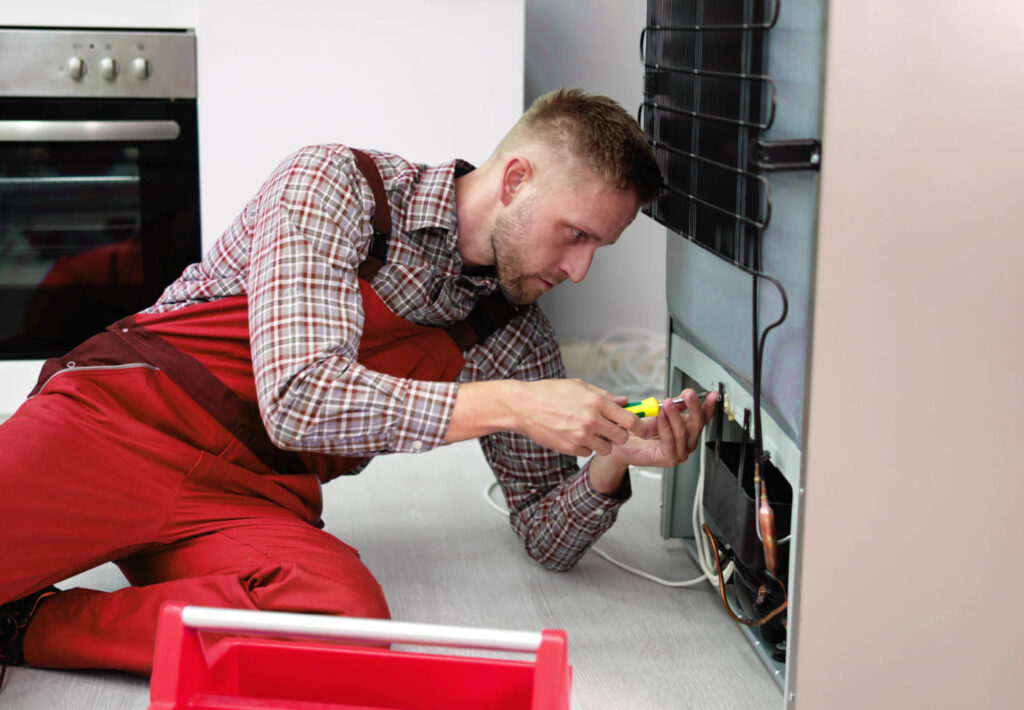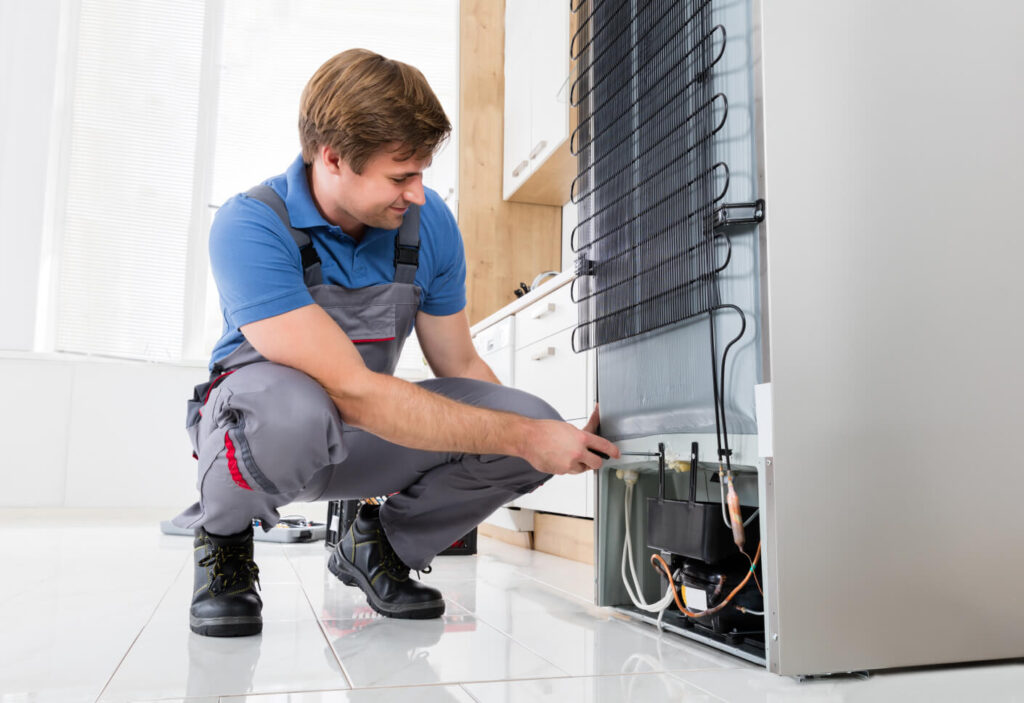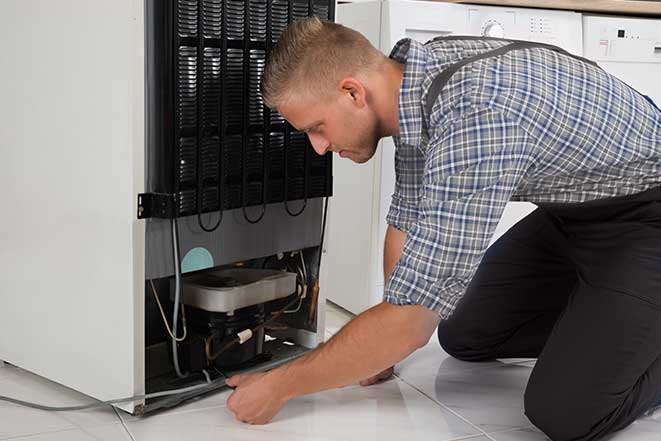A refrigerator that won’t defrost on its own is a headache no one wants to deal with—especially when ice builds up and threatens to spoil your food. While this issue is frustrating, it’s more common than you might think. Let’s dive into why refrigerators stop defrosting automatically, how you can troubleshoot the problem, and what to do if your efforts don’t work out.
Why Does a Refrigerator Need Automatic Defrosting?
Modern refrigerators use automatic defrost systems to prevent excessive frost build-up in the freezer compartment. This not only keeps your appliance running efficiently but also ensures your food stays fresh and safe. When the defrost function fails, ice accumulates around the evaporator coils, blocking cold air and causing temperature inconsistencies. Before you know it, you’re dealing with soggy veggies and half-melted ice cream.
Common Causes of Automatic Defrost Failure

There’s no single answer to why your refrigerator isn’t defrosting. Several culprits could be at play, and pinpointing the cause is the first step to a fix.
- Faulty Defrost Timer:
The timer signals your fridge when to initiate the defrost cycle. If it fails, the system never gets the message. - Defective Defrost Heater:
This component melts the frost on your evaporator coils. If it’s burned out, ice will pile up unchecked. - Broken Defrost Thermostat:
The thermostat monitors the coil temperature, allowing the heater to activate as needed. A faulty thermostat can leave the heater inactive. - Control Board Issues:
In newer models, the electronic control board orchestrates the defrost cycle. If this malfunctions, the entire defrost system can be thrown out of sync. - Wiring Problems:
Loose connections or damaged wires can interrupt communication between defrost components.
Step-by-Step Troubleshooting Guide

If you’re comfortable using basic tools, you might be able to identify—and even resolve—the problem yourself. Here’s how to get started:
1. Unplug and Inspect
Safety first: Always disconnect your refrigerator from power before starting any inspection. Remove the rear freezer panel to access the evaporator coils.
2. Check the Defrost Timer
Locate the timer (usually behind the kickplate or inside the control panel) and manually advance it into defrost mode. If the heater activates, the timer is likely the issue.
3. Test the Defrost Heater
With a multimeter, test for continuity across the heater terminals. No continuity means the heater is faulty and needs replacement.
4. Inspect the Defrost Thermostat
Remove and test the thermostat for continuity—be sure to do this when it’s cold, as it only works at lower temperatures. Replace it if it doesn’t pass the test.
5. Examine the Control Board
If all else fails and you have a modern fridge, the control board may be at fault. This is often best left to professionals due to the complexity and cost involved.
6. Look for Wiring Issues
Visually inspect all wiring for signs of wear, burn marks, or loose connections.
When to Call the Professionals
While some fixes are straightforward, others require specialized skills and tools. If you’ve tried the steps above and your fridge still isn’t defrosting, it’s time to call in expert help. Handling electrical components can be risky, and a professional diagnosis will save you time—and potentially money—in the long run.
Need help fast? If you’re in the Los Angeles area and your refrigerator is still giving you trouble, don’t hesitate to contact our experienced technicians. We’ll get your fridge running smoothly in no time.

